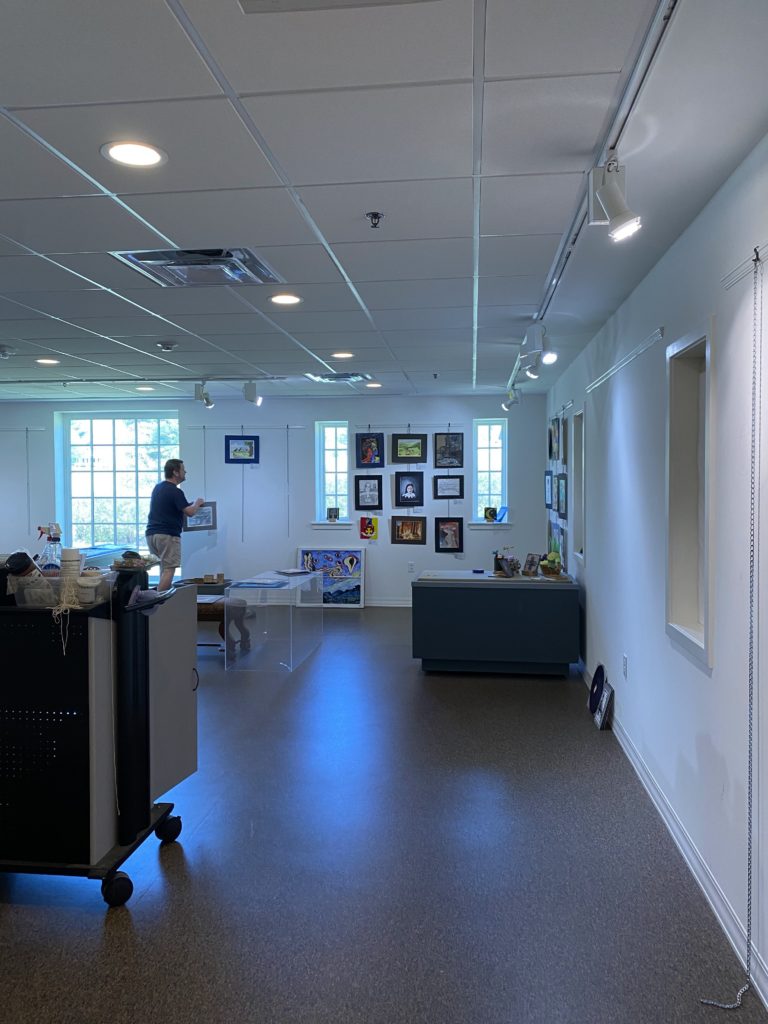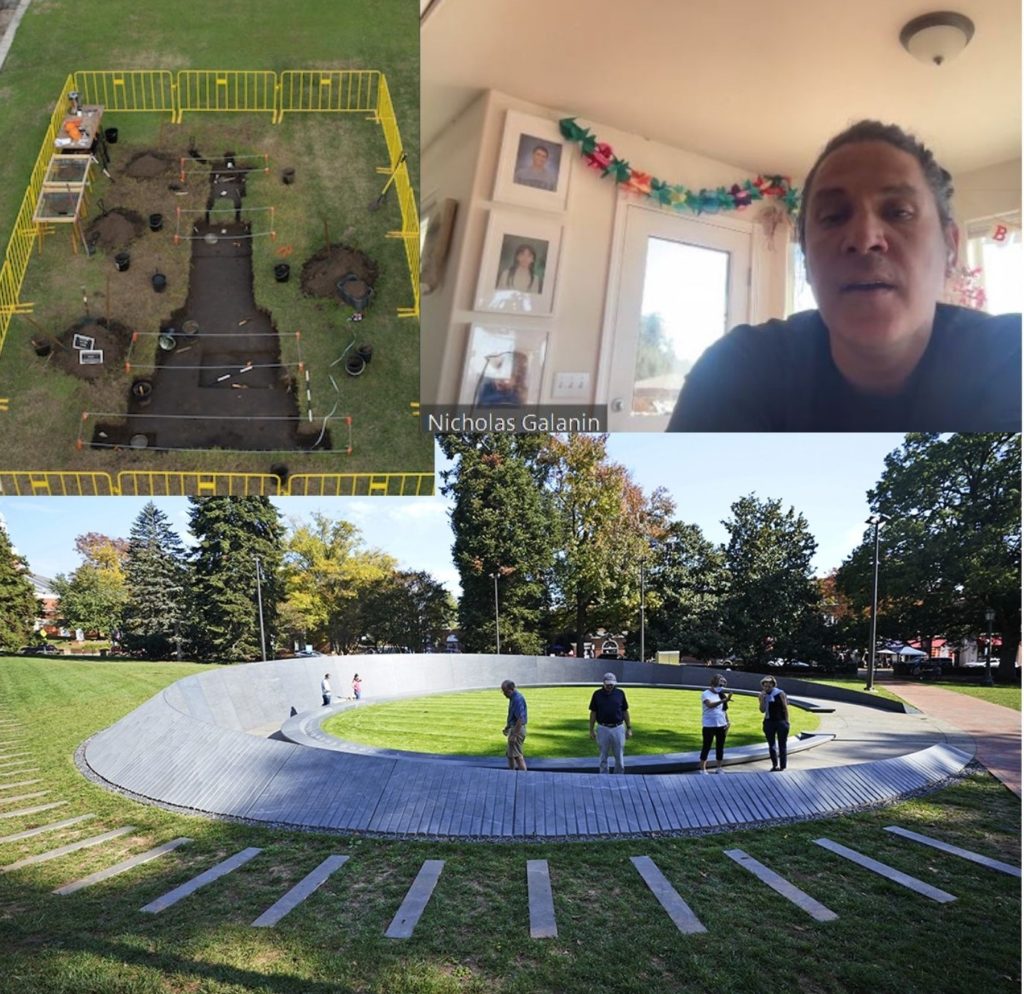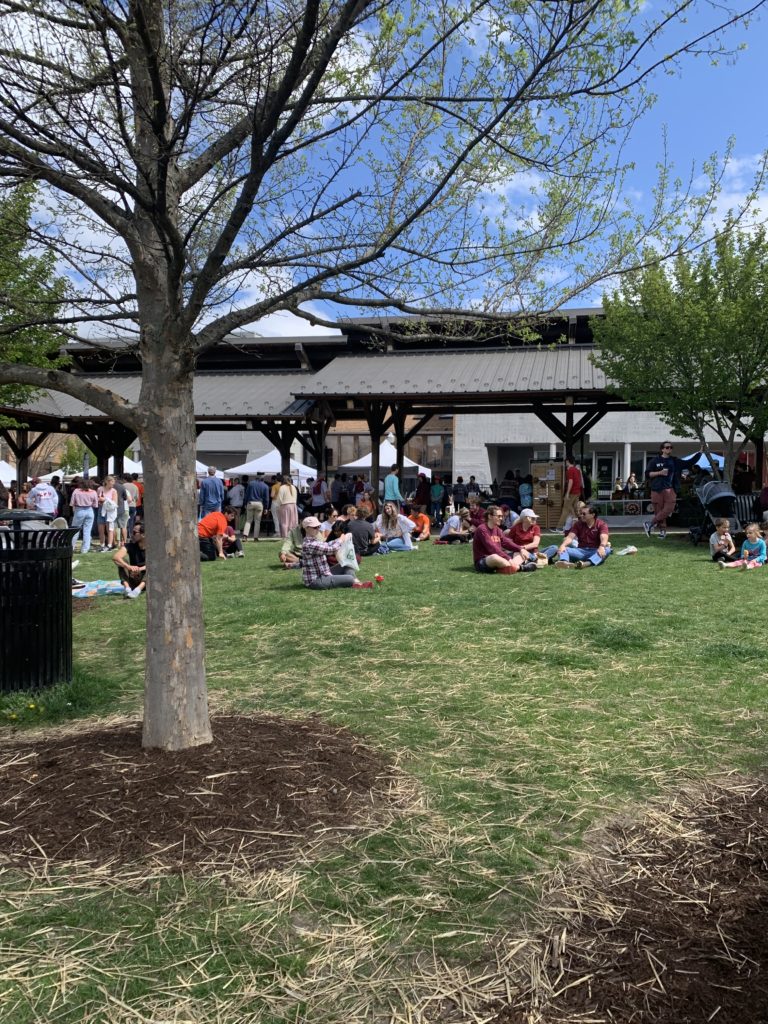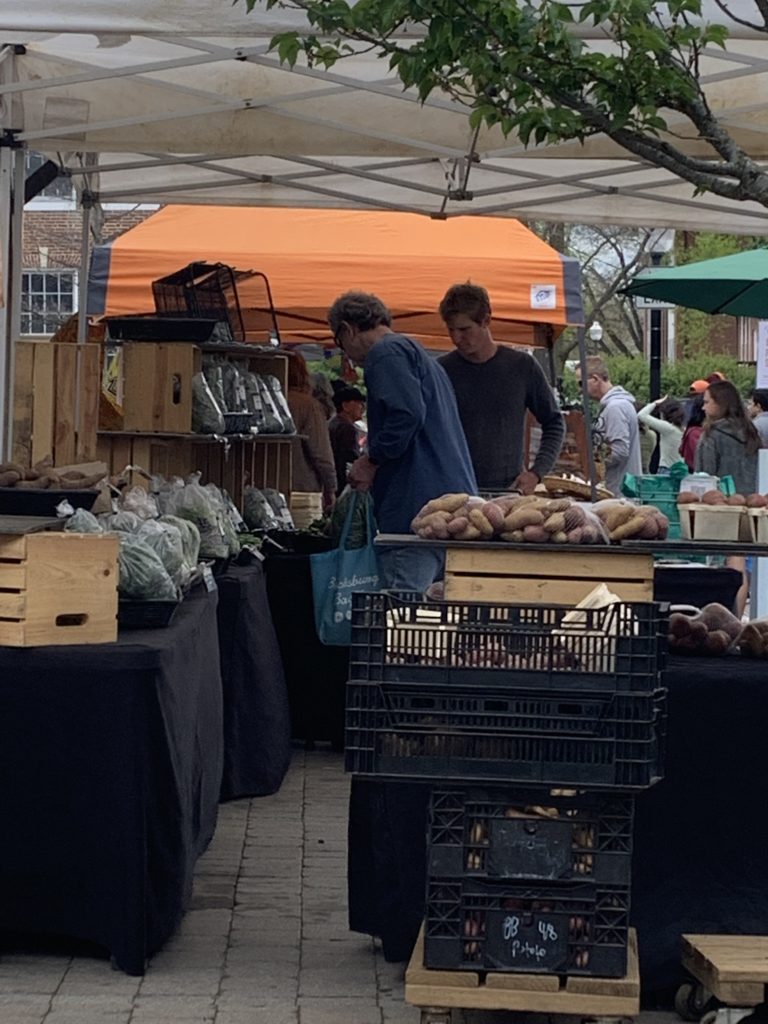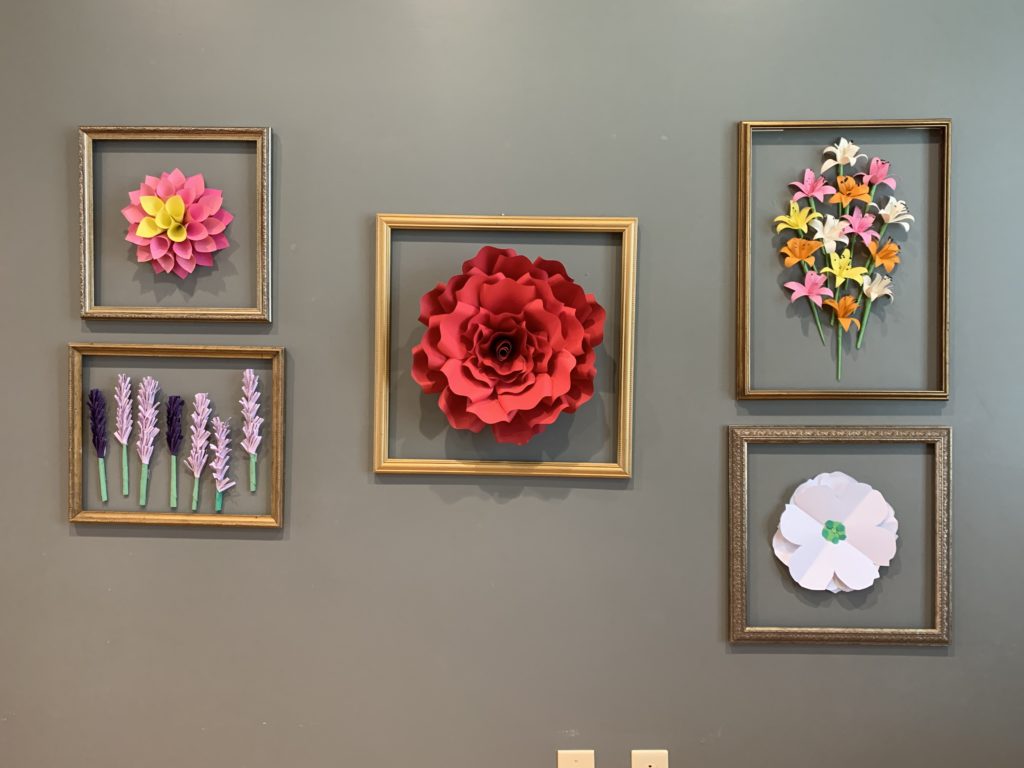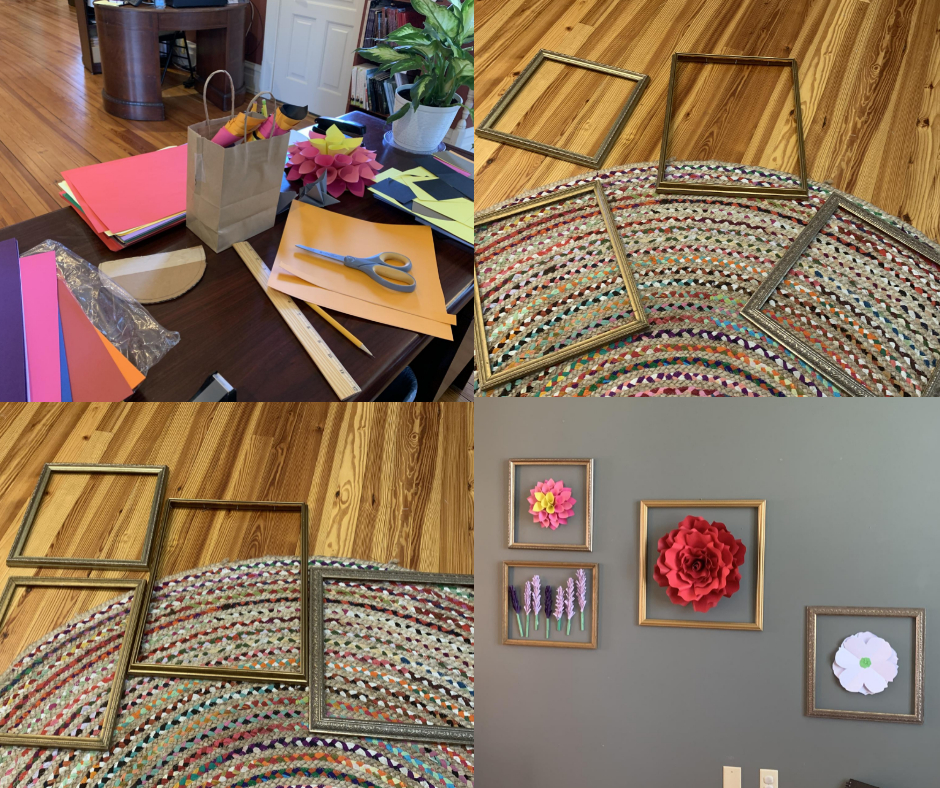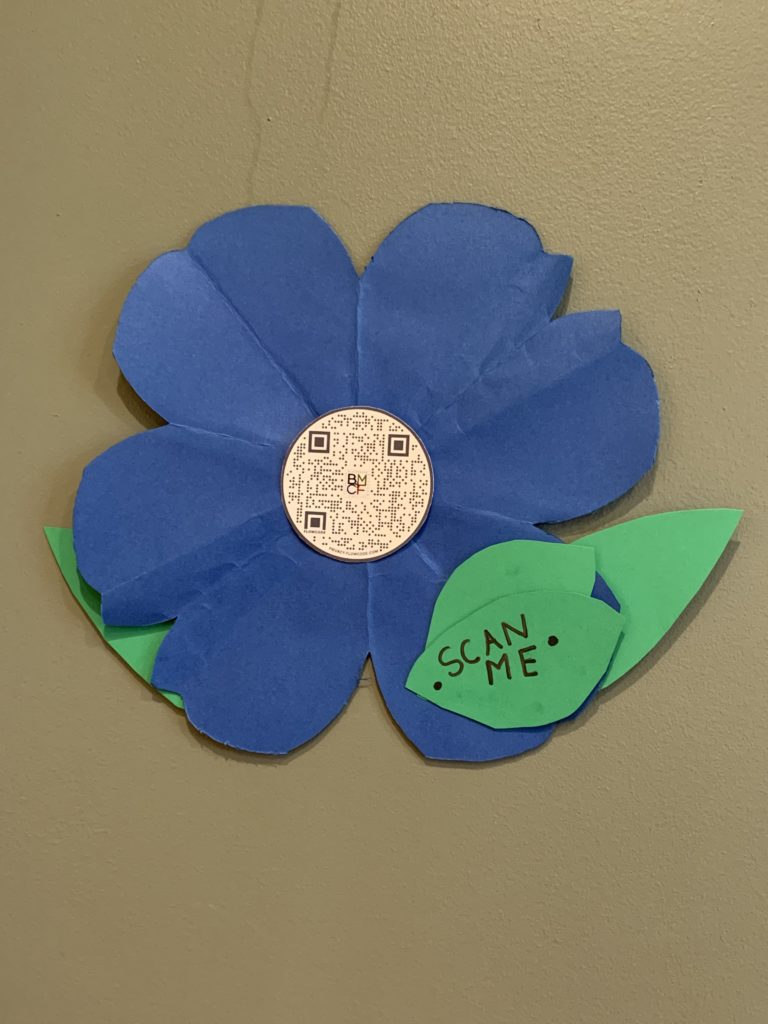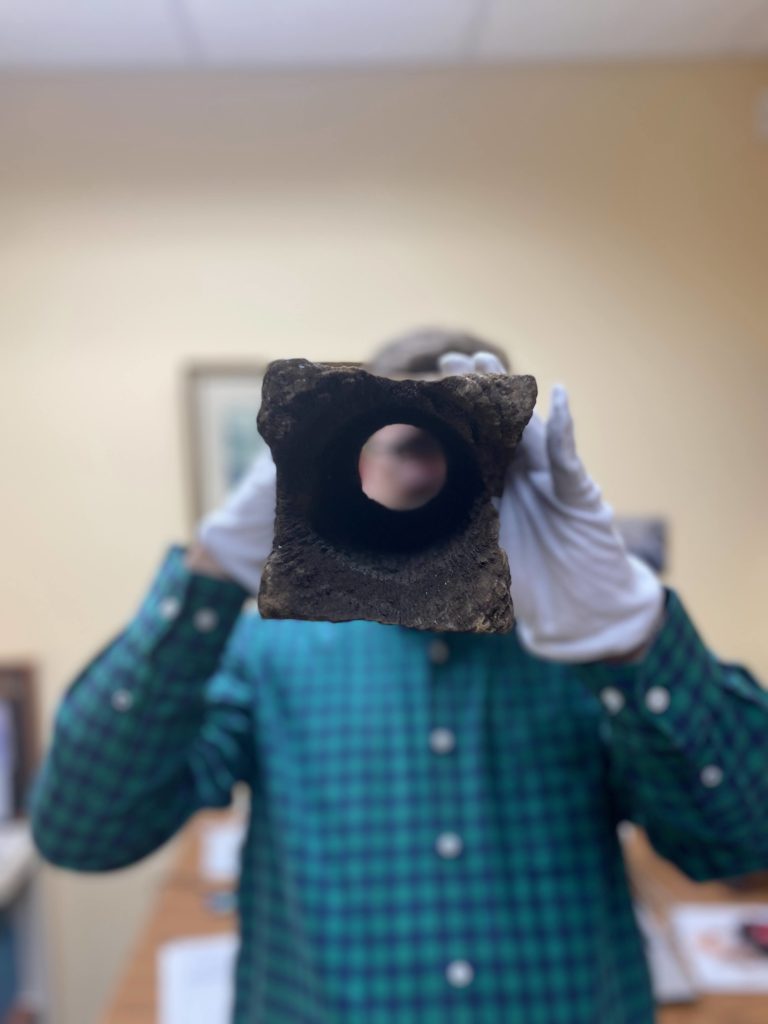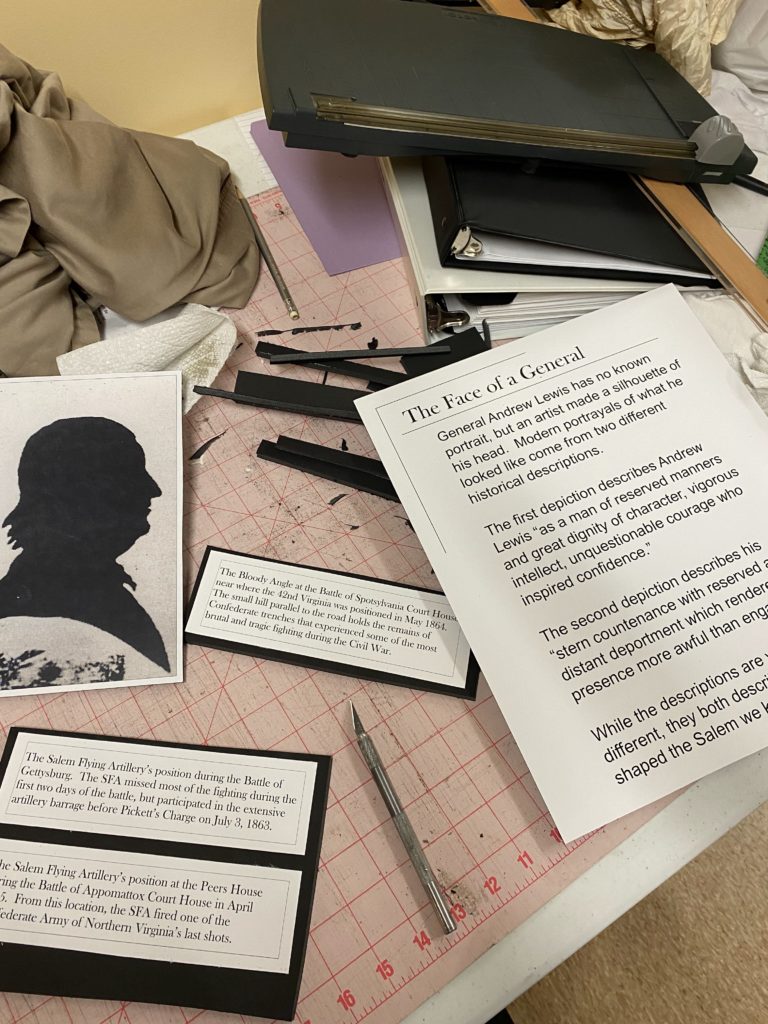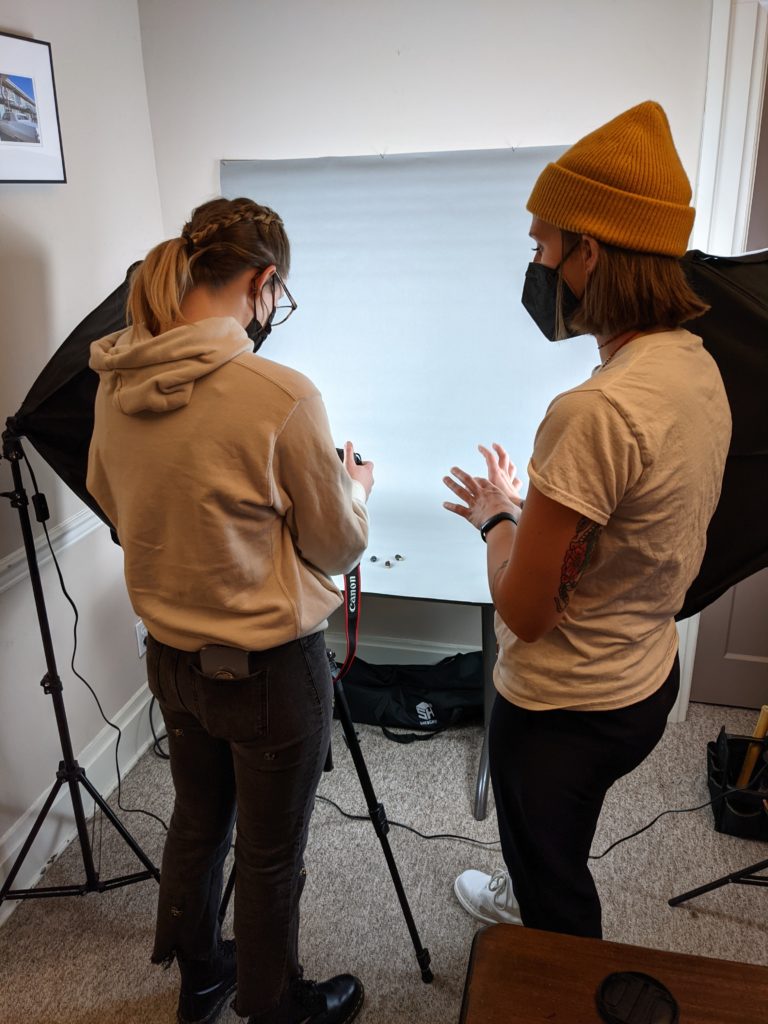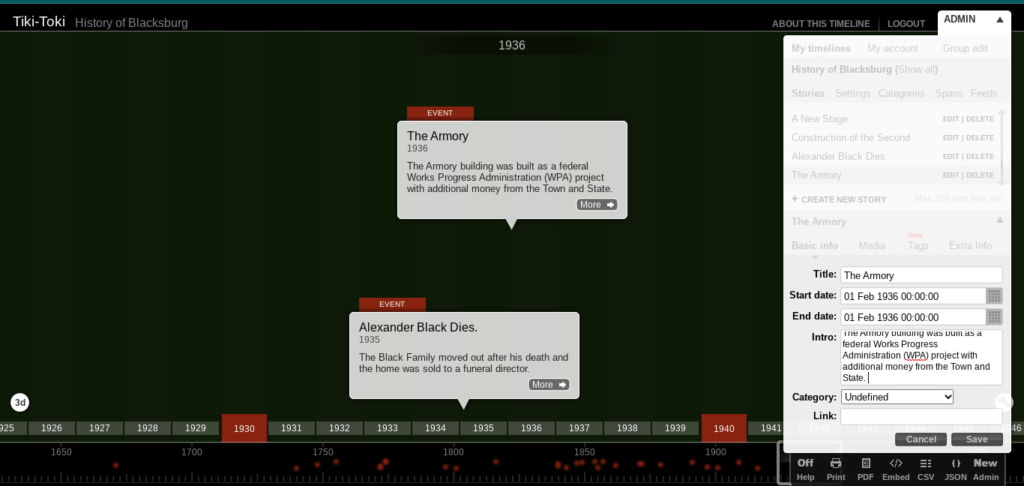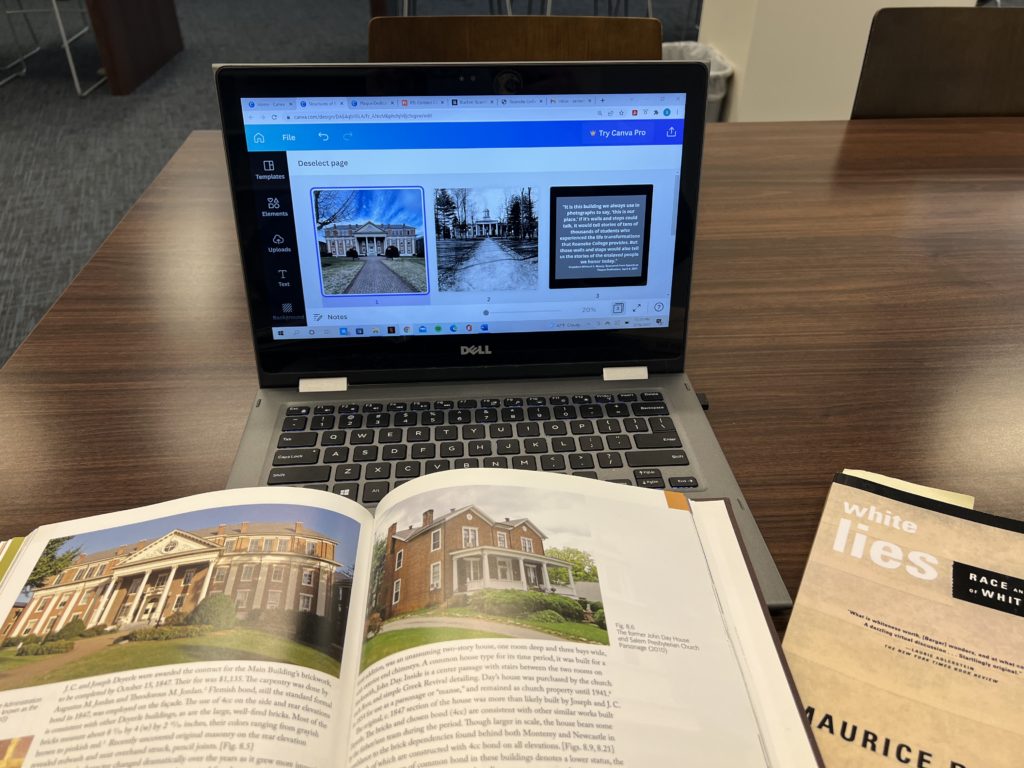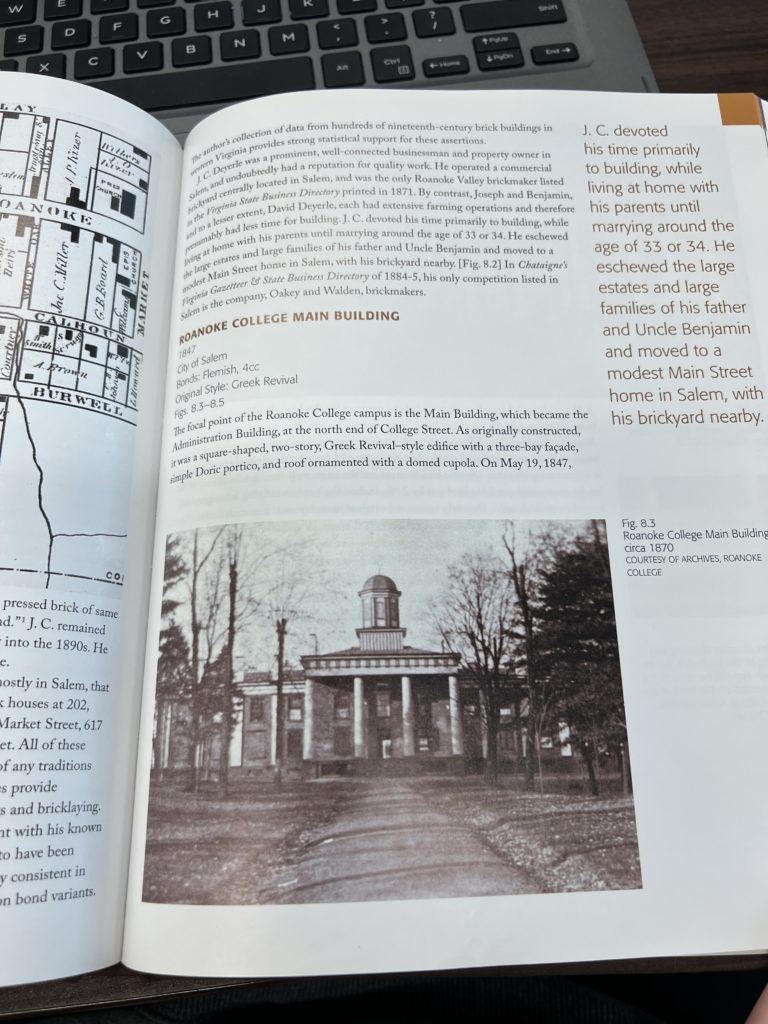Over the past two weeks, I’ve been deciding what my final days will look like at the Salem Museum and I have been trying to create my own exhibit. I settled on creating an initial exhibit about Covid that collects data now, the feelings of the public now who experienced the pandemic, and how we share those things beyond these years. What has been important is recording the initial feelings, how people got through the pandemic when everyone was in lockdown, and how we document those things to be saved for later. In an attempt to do those things the Salem Museum has been saving the Salem Times-Register’s newspapers since the Salem Museum has none. This got us thinking about how do we save digital artifacts such as photographs or jpegs since people may be unable to access these in years to come.
I settled on doing the exhibit about Covid since it does touch on something that has greatly impacted my life and the lives of everyone around the world. I wanted to personalize this for the Salem area, how were local people impacted, how were schools impacted, and what did regular people do in order to combat the pandemic locally. It’s important to record this since nationally we can understand how The United States and other countries reacted but this was a global event that also impacted localities.
I started with three topics I thought would be important to this exhibit and that was how schools, businesses and hospitals were impacted. I looked at how schools prepared to reopen, creating a timeline that illustrated how students were expected to learn. Businesses were also another topic I wanted to highlight within the exhibit since I personally remember seeing the articles regarding how many feared they would lose their livelihood due to Covid. I wanted to show that communities rallied behind businesses and still attempted to help others out. Lastly I consulted statistics from the local hospitals in an attempt to understand how impacted this area was by Covid.
However in the past few days the museum has been preparing for the local school art show they host so the large exhibit in the foyer has been taken down. I have put back many of the artifacts to their places in the archives and helped to arrange the space for the incoming art exhibit.
